This is Part Two of the Three-Article Series – ‘Impediments to South Asian Harmony’.
Read Part One here.
As the pandemic takes grip of the world, we are looking at a new world order with more hostility, rather than tranquillity. A new world order, where the sovereign states are violating most of the ideals of a globalised world, has impacted the South Asian region as well. This region has been no new to conflicts. But the pace of emerging new fronts of conflicts between the countries of this region, be it Indo-China, Indo-Nepal, China-Bhutan, Afghanistan-Pakistan, Indo-Pakistan and many more, has been startling to many. The past six months have seen two countries of this region amending their maps to incorporate new areas, Chinese aggression on the northern Indian border, Chinese new claims of Bhutan’s national park etc. fuelling a new wave of bitterness in the region. Our TRIP intern Manish Jung Pulami, conducted an in-depth analysis of the actual reasons which are impeding the harmony in the region. This article is an outcome of the internship.
Peace, harmony, and development in South Asia have been hindered by the conflict and violence between the states or within the states. The main reasons for the conflict are either the direct political causes, or the historical, cultural, and geographical conflicts turning political. In South Asia, a wide-ranging group of violent inter-group hostilities can be identified as:
- Extra-regional (those involving a South Asian nation-state and states outside the region);
- Inter-state (the struggle between national entities of South Asia);
- Intra-state (fight between different groups within each national entity and anti-state insurrections) (Snedden, 2016).
Also Read: Natural Impediments to Harmony in South Asia (Part One)
To discuss the political impediments to harmony among India, Bangladesh, Pakistan, Nepal, Afghanistan, and Sri Lanka, the post-independence conflicts of these nations are important to understand. The common issues such as the ‘poverty-conflict interaction‘, the ‘youth-unrest‘ and its significance to conflict, the ‘criminalization of politics‘, ‘ethnic-nationalist impediments to nation-building‘, and the ramified impact of ‘external interventions‘ in international and sub-national conflicts of the region are significant (Joshi, 2013).
The failure of SAARC to promote cooperation and solidarity among the South Asian states is also due to political reasons.
The failure of SAARC to promote cooperation and solidarity among the South Asian states is also due to political reasons. The regional interests have seeded regionalism in South Asia. The sub-regional organizations and their failure to keep regionalism intact in South Asia have kept the South Asian harmony at bay (Muzaffar, Jathol, & Yaseen, 2017). A blurred understanding of multilateralism, rise in nationalism triggered by historic bilateral relations, and Pakistan’s isolation (whether self-inflicted or regionally imposed), all contribute to the obstacles of collective regional mobility in South Asia (Chan, 2017).
Also Read: Indian Ocean and South China Sea: Jugular Vein as Gordian Knot
Likewise, migration and the refugee crisis are some of the major factors for impediments to harmony in South Asia. South Asia’s antiquity of colonialism, little economic growth, the lack of capability to address the problem, intra-state and inter-state skirmishes have contributed to the huge refugee movement. The influx of Rohingya refugees to Bangladesh and India, the intra-state conflicts such as the civil war in Sri Lanka pushed a lot of Tamil refugees to India. Similarly, Bhutan refugee to Nepal is also a major inter-state political problem in South Asia (Ahmed, 2019).
The porous borders and cultural, lingual, and religious homogeneity have led to illegal migration of criminals, terrorists, and others.
The porous borders and cultural, lingual, and religious homogeneity have led to illegal migration of criminals, terrorists, and others. This has created a network of terrorism and trafficking routes inside South Asia. Sandwiched between the “Golden Triangle” and “Golden Crescent“, the South Asian region is the major transit route for psychotropic drugs (Dahal, Gazdar, Keethaponcalan, & Murthy, 2010).
Also Read: India-Nepal Relations: A Way Forward for Strong Relations
In South Asia, because of the cultural, religious, and political homogeneity, the policies, which predominantly concern the minorities in one state of the region, also affect others across the borders. If Hindu minorities are attacked in Bangladesh or Pakistan, this tends to have impacts in India. This is due to the minorities in one country being connected by ethnicity or religion to neighbouring states. The Tamil-Sinhalese politics in Sri Lanka impacts the Sri Lankan policy towards India and India’s policy towards Sri Lanka. India-Pakistan relations affect Jammu and Kashmir, Punjab, Rajasthan, and Gujarat. Similarly, India-Nepal relations will have an effect on Bihar, Uttarakhand, Uttar Pradesh, Sikkim, and West Bengal of India and the Terai region of Nepal (Cohen, 2017).
Also Read: The Iran–China 25-years Deal: Where does it leave India?
Moreover, the military influence in Pakistani politics is one of the major political barriers to harmony in South Asia. Their role in Pakistan’s politics and economy justify Pakistan’s rapprochement with Indian threats in particular and point to Afghanistan as well (Giunchi, 2014). The Taliban Issue has been a major political impediment for harmony in South Asia. In February 2020, the USA and Afghan Taliban signed an agreement in Doha which guaranteed the Taliban’s assurance of halting future attacks and the US withdrawing troops from Afghanistan. The appearance of a new Afghanistan will change the regional geopolitical scenario. Pakistan-Taliban ties have their limitations, and it remains unclear. India’s footsteps are far behind to face the imminent security peril and must look for backdoor discussions with the Taliban. Bangladesh as a Muslim majority state is expected to have an impact on the Taliban’s victory. Sri Lanka had writhed a rise of Islamic fundamentalism subsequently after the mayhems committed by the Buddhists. This brings a very complex and entangled situation ahead regarding regional politics and harmony (Batool, 2020).
India’s footsteps are far behind to face the imminent security peril and must look for backdoor discussions with the Taliban.
Also Read: Beginning of a new Cold War
More importantly, the extra-regional actors play a major role in disturbing the tranquillity of this region. Because of the strategic location of South Asia, the influence of the extra-regional actors has been prominent in the region to promote foreign interest. China, through BRI, is increasing its influence in the Bay of Bengal, Sri Lanka, Pakistan, and other small South Asian states. China’s “string of pearls” is one of the impediments regarding the encirclement of India and South Asia as a whole (Grossman, 2020). The USA, another actor in the region has a greater influence. The recent India-US partnership can bring a different scenario in the regional power politics and politics of the extra-regional actors. Japan is also an extra-regional actor in the region with a heavy amount of infrastructural investments to counter the Chinese influence. The QUAD partnership in the Indian Ocean Region can be taken as the extra-regional actors’ activism in the region. Also, Russia during the Cold War has had a great interest in South Asia and the Indian Ocean Region (Hussain, Mustafa, Khan, & Azhar, 2018).
In this way, the political impediments to harmony in South Asia can be resolved by overcoming the extra-regional, inter-state, and intra-states conflicts.
Upcoming Articles in this Series – What ails South Asian region? (Part Three)
References
- Ahmed, Z. S. (2019). Managing the refugee crises in South Asia: The role of SAARC. Asian and Pacific migration journal: APMJ.
- Batool, F. (2020, August 5). The Future of Pakistan-Taliban Ties in Afghanistan. Retrieved from South Asian Voices: https://southasianvoices.org/the-future-of-pakistan-taliban-ties-in-afghanistan/
- Chan, J. H. (2017). Regionalism in South Asia: Negotiating cooperation, institutional structures. Munich: Munich Personal RePEc Archive.
- Cohen, S. P. (2017). A New Beiginning in South Asia. Brookings.
- Dahal, S. H., Gazdar, H., Keethaponcalan, S., & Murthy, P. (2010). Internal Conflict and Regional Security in South Asia. Geneva: United Nations Institute for Disarmament Research.
- Giunchi, E. A. (2014). The Political and Economic Role of the Pakistani Military. ISPI.
- Grossman, D. (2020, June 11). What China Wants in South Asia. Retrieved from Observer Research Foundation: https://www.orfonline.org/research/what-china-wants-in-south-asia-67665/
- Hussain, S. S., Mustafa, G., Khan, R., & Azhar, M. (2018). Issues and Challenges of Peace Building in South Asia. A Research Journal of South Asian Studies, 165-183.
- Joshi, S. (2013). Colonial notion of South Asia. South Asian Journal. Retrieved from https://www.sas.upenn.edu/~dludden/Sjoshi04.htm
- Muzaffar, M., Jathol, I., & Yaseen, Z. (2017). SAARC: An Evaluation of its Achievements, Failures, and Compulsion for Cooperation. Global Political Review (GPR), 36-45.
- Snedden, C. (2016). Shifting Geo-politics in the Greater South Asia Region. Honolulu: Asia-Pacific Center for Security Studies.

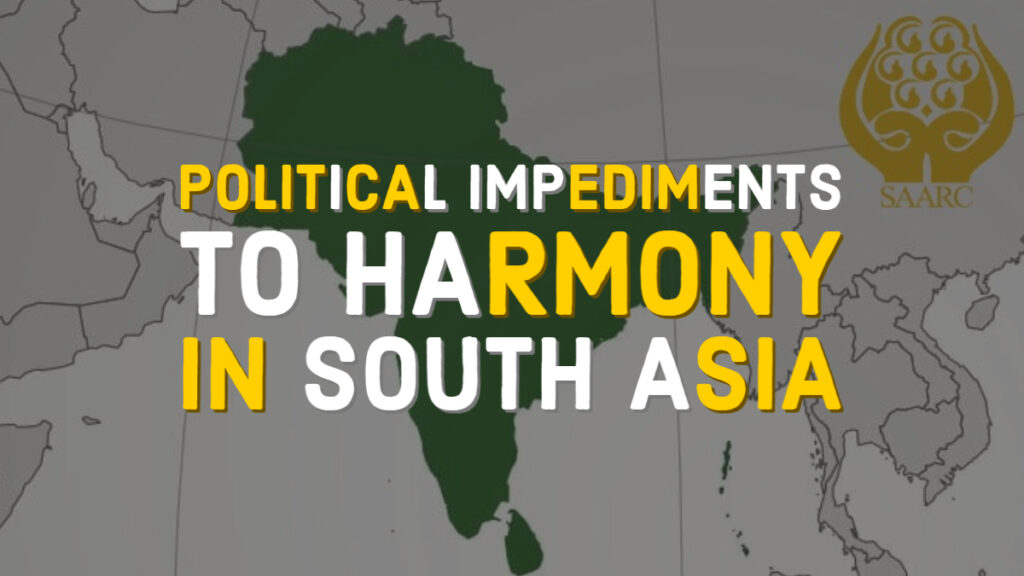

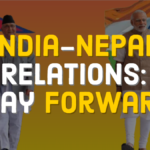
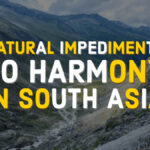
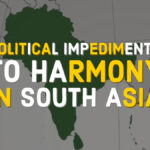
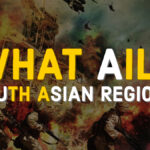










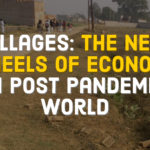










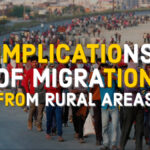
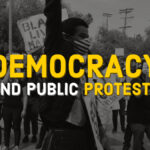
















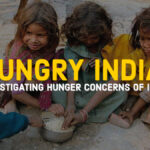






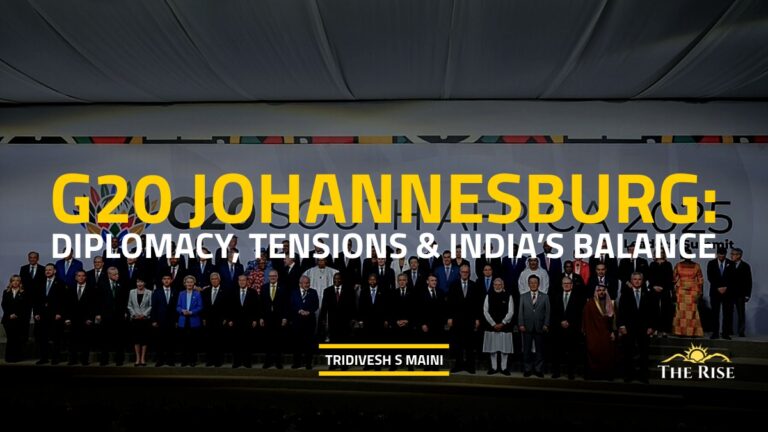

Pingback: What ails South Asia region? - TheRise.co.in Politics
Pingback: Statecraft in Politics Without Frontiers - TheRise.co.in
Pingback: Deuba’s Foreign Policy: Continuity or Change? - TheRise.co.in